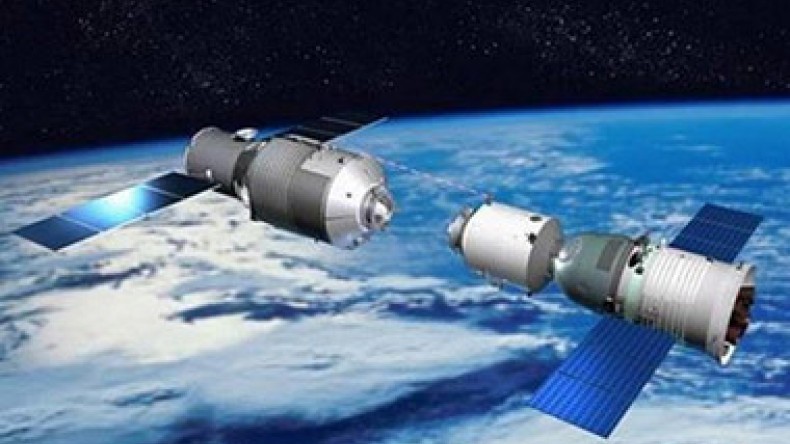
Europe's mini-space shuttle launches
The European Space Agency (Esa) has launched its unmanned mini "spaceplane" demonstrator, the BBC reports.
The IXV spaceplane resembles a smaller, robotically controlled version of the US space shuttle and could provide Europe with a new, re-useable space transportation system.
The test could inform future technology for landing payloads on Mars.
The vehicle blasted off on a Vega rocket from South America just after 13:40 GMT.
The test vehicle is due to fly east around the globe, before splashing down in the Pacific Ocean some 100 minutes after launch.
The wedge-shaped IXV (Intermediate eXperimental Vehicle) is designed to gather information on how space objects fall back to Earth.
Engineers will be gathering copious data as the "mini-shuttle" falls back down to Earth.
By the time the craft re-enters the atmosphere, the craft should be moving at 7.5km/s. As it pushes up against the air, the temperatures on its leading surfaces will soar to 1,700C.
Flaps and thrusters will be used to control the trajectory, ensuring the IXV comes down close to a recovery ship some 3,000km west of the Galapagos Islands.
A parachute system deployed in the very late stages of the flight will put the two-tonne vehicle gently in the water. Floatation balloons will come out to stop it from sinking.
Newsfeed
Videos






























